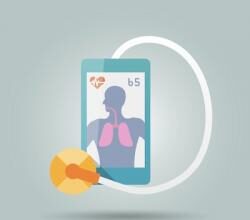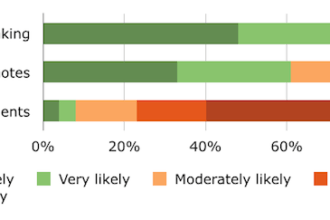As mentioned earlier, the radiofrequency (RF) market is one of the largest in the ablation device market sector. Its clinically proven uses are many: general surgery, cardiovascular (frequently off-label), orthopedics, cancer therapy and aesthetics. From electrosurgery and small joint repair, to treatment of BPH, and from treatment of cardiac arrhythmias, to body contouring, RF is one of the strongest markets in ablation.
As mentioned earlier, the radiofrequency (RF) market is one of the largest in the ablation device market sector. Its clinically proven uses are many: general surgery, cardiovascular (frequently off-label), orthopedics, cancer therapy and aesthetics. From electrosurgery and small joint repair, to treatment of BPH, and from treatment of cardiac arrhythmias, to body contouring, RF is one of the strongest markets in ablation.
In 2009 the market for RF ablation technologies was worth about $1.4 billion. By 2019 it is forecast to increase to five times as large. The market is expected to experience such high growth due in large part to its clinically-proven efficacy. The aging population will also be a driver in the use of RF, as more people experience cardiovascular irregularities which can be treated with RF ablation.
Electrophysiology (EP) is one specialty which helps to drive this market in the area of cardiovascular usage. EPs consistently cite procedure time as the most significant barrier to increased use of ablation therapy to treat cardiac arrhythmias. Hence, they are very interested in any ablation systems or procedures which can streamline the workflow in the EP lab.
 There are several very large companies vying for position in this market. Covidien is the market leader, followed by Medtronic and Boston Scientific. St. Jude Medical and Smith & Nephew are also strong in the market.
There are several very large companies vying for position in this market. Covidien is the market leader, followed by Medtronic and Boston Scientific. St. Jude Medical and Smith & Nephew are also strong in the market.
The Americas accounted for a little over half of the revenues in 2009, followed by the EU. Asia-Pacific and ROW account for the remaining share of the market less than a quarter of the total.
The Americas are expected to show strong growth in the RF market. Much of the enthusiasm for RF, especially for cardiovascular use, now stems from the US. The EU has been using RF to treat atrial fibrillation (AF) and other arrhythmias longer than the US in part because it is easier to obtain the CE mark and to then market devices in the EU, than it is to get FDA clearance to market in the US, especially for a new indication. Now, with the approval of Biosense Webster’s RF catheter for AF for the US market, other devices will be following, and the segment in the Americas will grow. The other uses of RF, such as for treating certain cancers and BPH, will increase as well, as all of the RF boats rise with the cardiovascular tide.
The EU market, although smaller in 2010, will demonstrate aggressive market growth to quadruple, reaching nearly $2.1 billion annually.
The Asia-Pacific market, although smaller than either the Americas or the EU in 2010, will be growing more rapidly than either. RF in Asia-Pacific is forecast to grow at a better than 20%, driven by the Japanese market’s aging populations, supplemented by purchasing by Indian and Chinese hospitals and specialists.
The “Rest of World” market for RF ablation technologies will also see strong growth in revenues, again to the modality’s proven efficacy in treating a wide array of disorders. Although adoption of RF in these markets will not be as aggressive as in the developed markets, the double-digit annual growth will demand attention to RF manufacturers seeking additional revenue streams.
See “Ablation Technologies Worldwide Market, 2009-2019: Products, Technologies, Markets, Companies and Opportunities”, report #A145.








